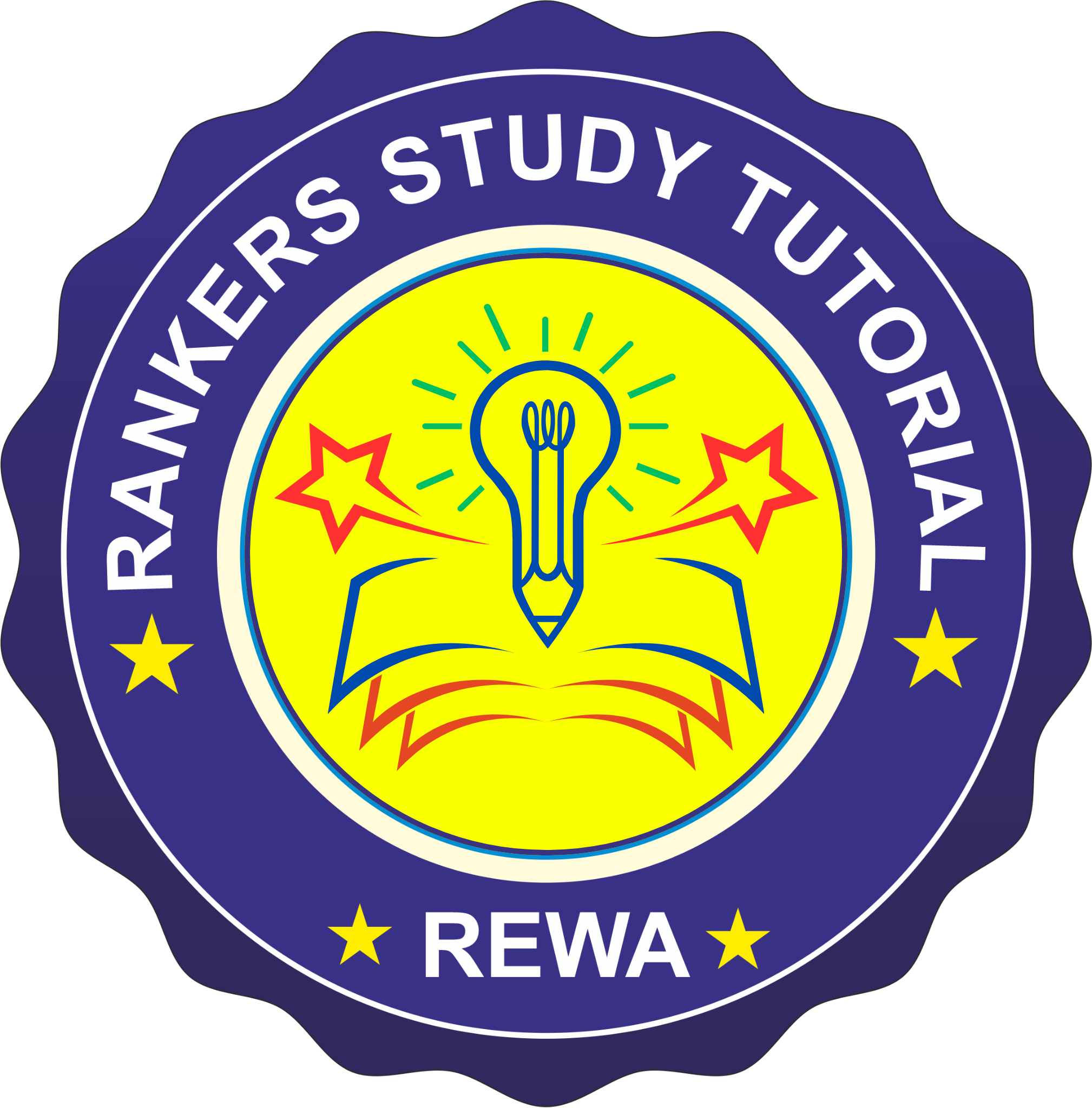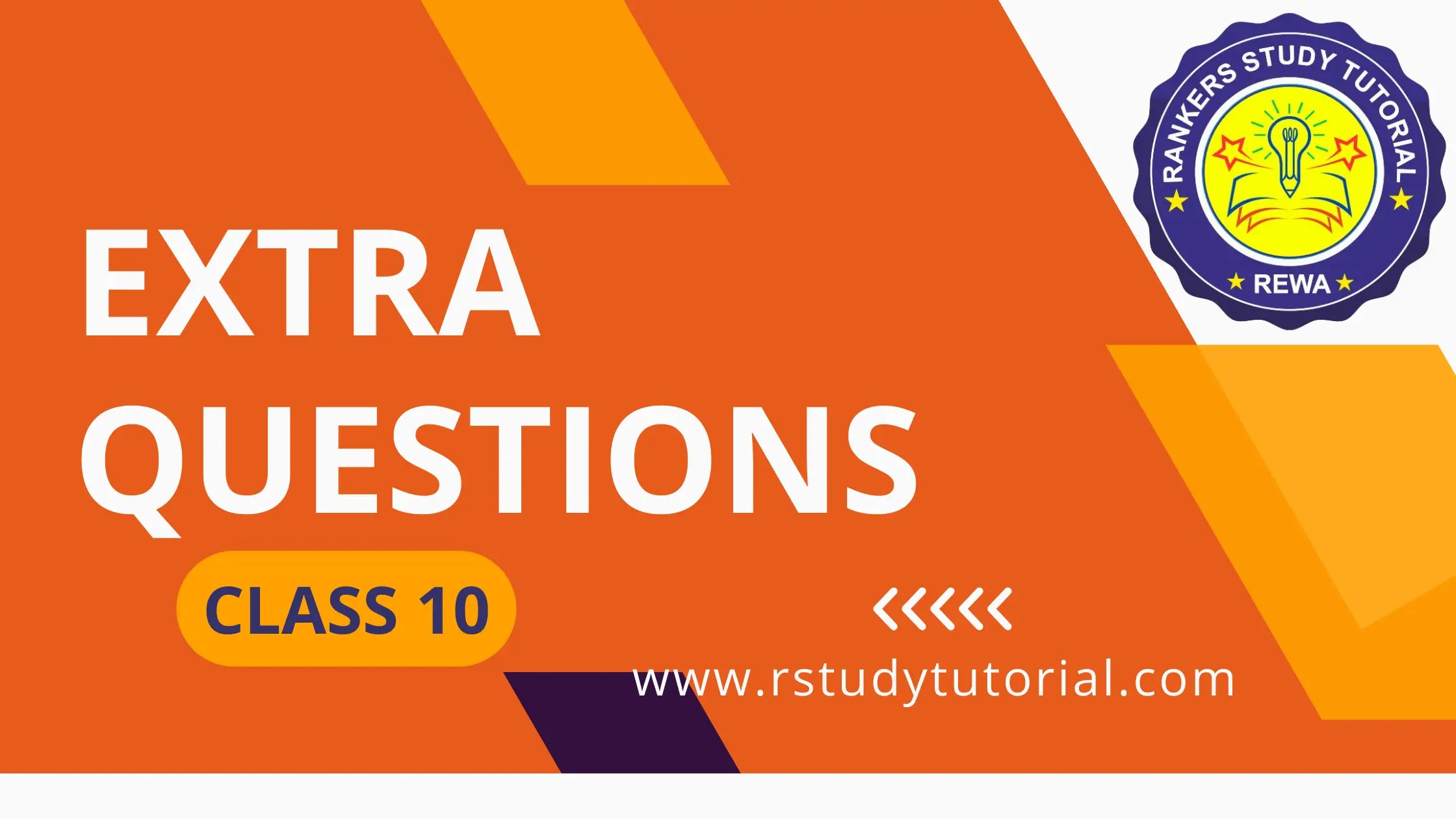If a+bp^{\frac{1}{3}}+cp^{\frac{2}{3}}=0, where a, b, c, p are rational numbers and p is not perfect cube, then
Explanation: We have, a+bp^{\frac{1}{3}}+cp^{\frac{2}{3}}=0 ...(1)
On multiplying both sides by p^{\frac{1}{3}}, we get
ap^{\frac{1}{3}}+bp^{\frac{1}{3}}\times p^{\frac{1}{3}}+cp^{\frac{2}{3}}\times p^{\frac{1}{3}}=0
⇒ ap^{\frac{1}{3}}+bp^{\frac{2}{3}}+cp^{\frac{3}{3}}=0
⇒ ap^{\frac{1}{3}}+bp^{\frac{2}{3}}+cp=0 ...(2)
On multiplying Eq. (1) by b and Eq. (2) by c, then
subtracting Eq. (2) from Eq. (1), we get
(ab+b^{2}p^{\frac{1}{3}}+bcp^{\frac{2}{3}})-(acp^{\frac{1}{3}}+bcp^{\frac{2}{3}}+c^{2}p)=0
⇒ (b^{2}-ac)p^{\frac{1}{3}}+ab-c^{2}p=0
[Here, p^{\frac{1}{3}} is an irrational number and ab-c^{2}p is a rational number]
Note that, sum of rational and irrational numbers cannot be zero.
So, (b^{2}-ac)p^{\frac{1}{3}}+ab-c^{2}p=0, only if
(b^{2}-ac)=0 and ab-c^{2}p=0
⇒ b^{2}=ac ...(3)
and ab=c^{2}p
⇒ a^{2}b^{2}=c^{4}p^{2} ...(4)
[squaring both sides]
From Eq. (4),
a^{2}(ac)=c^{4}p^{2} [since, b^{2}=ac]
a^{3}c-c^{4}p^{2}=0
⇒ c=0 or a^{3}-c^{3}p^{2}=0
⇒ c=0 or p^{2}c^{3}=a^{3}
On taking, p^{2}=\frac{a^{3}}{c^{3}}
We get, (p^{2})^{\frac{1}{3}}=\frac{a}{c} which is not possible as p^{\frac{2}{3}} is an irrational number and \frac{a}{c} is a rational number.
Hence, c=0
On putting c=0 in Eq. (3), we get
b=0
On putting b=0, c=0 in Eq. (1), we get
a=0
Hence, a=b=c

